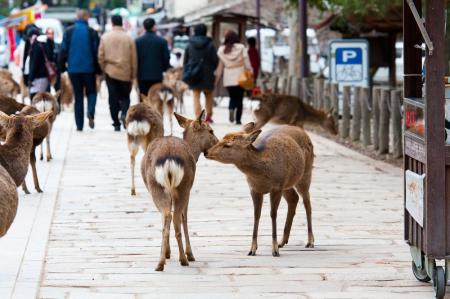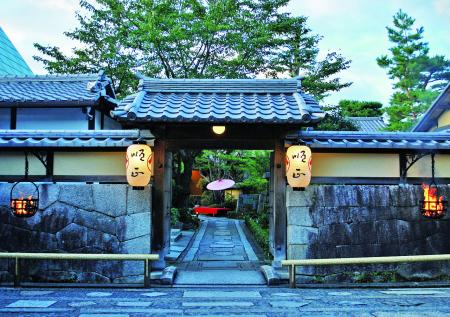Nara, Japan Feb. 23 Sun 12:54AM
Kasuga-taisha is a Shinto shrine of the Fujiwara family – Japan’s most powerful family clan during most of the Nara and Heian periods. The shrine is dedicated to the deity in charge of protecting the city. It is known for the multitude of bronze lanterns scattered across its interior, and the 3,000+ distinct stone lanterns that line the path up to the shrine. Each of these lanterns is donated by a worshipper. Both Kasuga-taisha and the Kasugayama Primeval Forest nearby are registered UNESCO World Heritage Sites as “Historic Monuments of Ancient Nara.”
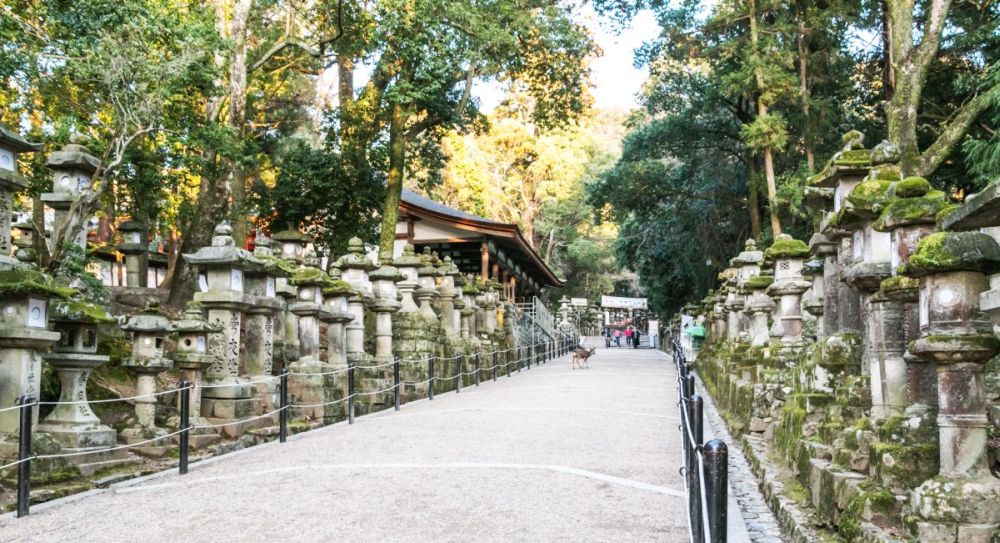
From 1871-1946, this shrine was one of the Kanpei-taisha. This meant that it ranked first in government supported shrines.
Treasure House
This complex displays relics belonging to the shrine, including two sets of large ornate drums, mirrors, swords, and bows and arrows.
Nearby
The deer that wander around from the nearby Deer Park are believed to be messengers of the Shinto gods.
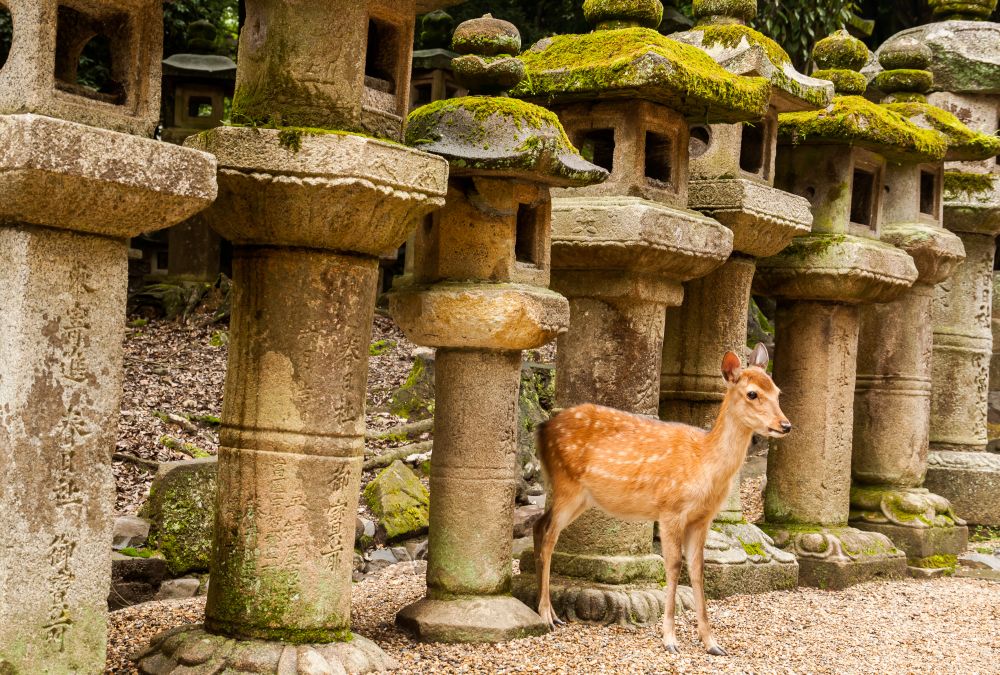
There are many shrines that surround this area, one of which is the Wakamiya Shrine. This shrine is dedicated to married deities and is thought to bless visitors by match-making or bolstering chances of marriage.
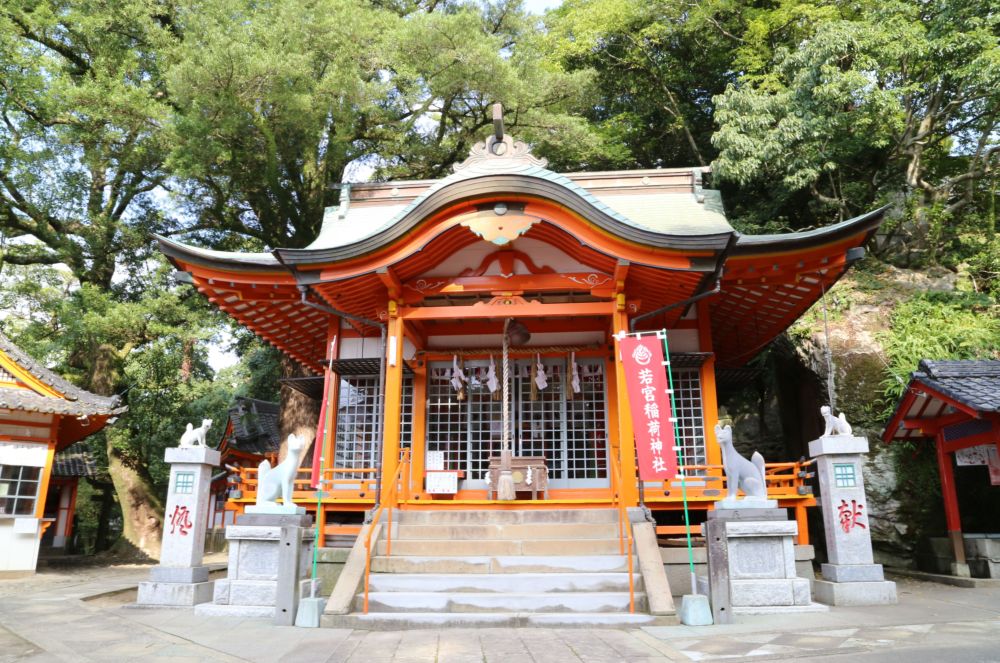
The Kasuga Taisha Shinen Man’yo Botanical Garden is also nearby. Here you can see 250 varieties of plants, each of which are described in Japan’s oldest collection of poems – the Manyoshu. The famously beautiful Japanese wisteria flowers also bloom here from late April to early May.
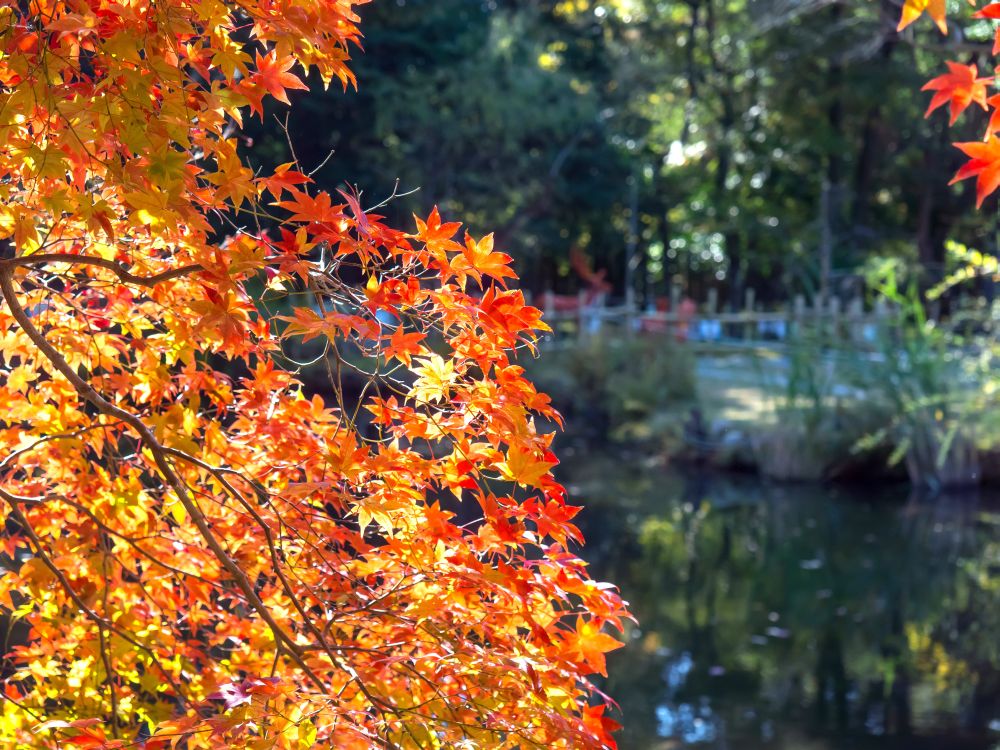
Festivals
The shrine lanterns are all lit only two times a year - during the Setsubun Mantoro Festival (February 2-4,) and the Obon Mantoro Festival (August 14-15.) On March 13th, gagaku and bugaku dances are performed at the shrine in honor of the Kasuga Matsuri (The Monkey Festival.)
Kasugayama Primeval Forest
Because hunting and logging were banned from this forest in AD 841, the area is now home to 175 tree species, 60 bird species, and 1,180 insect species. Kasugayama is considered a sacred hill because of its ties to Kasuga Grand Shrine worship. This forest is closed to the public but you can still get a sizable view of it without going in.
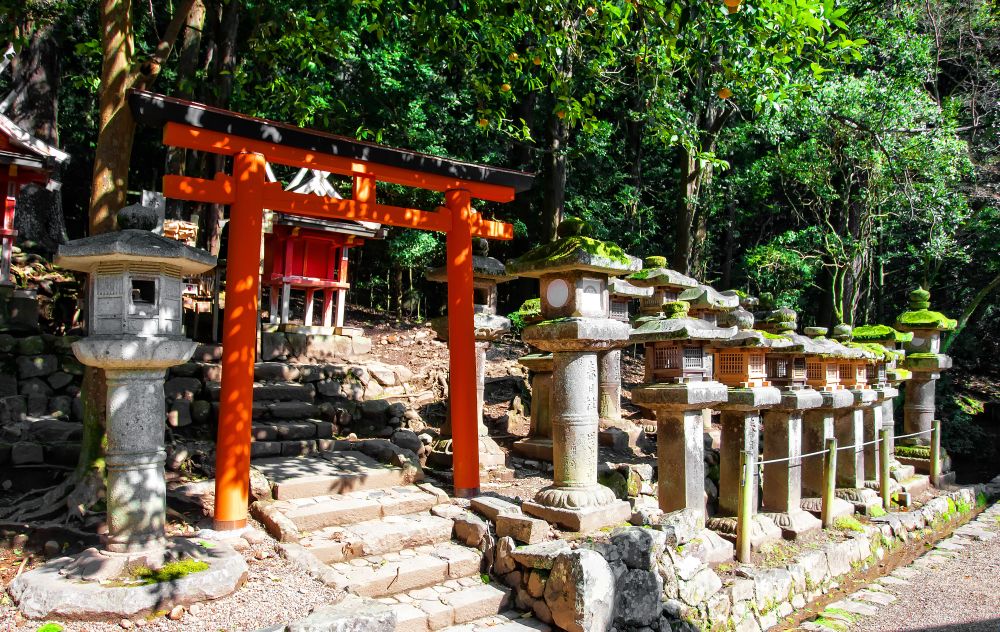
~~~
You can enter the offering hall of the shrine without charge, but there is a fee to enter the inner area, which includes the main sanctuary and the Treasure House.

